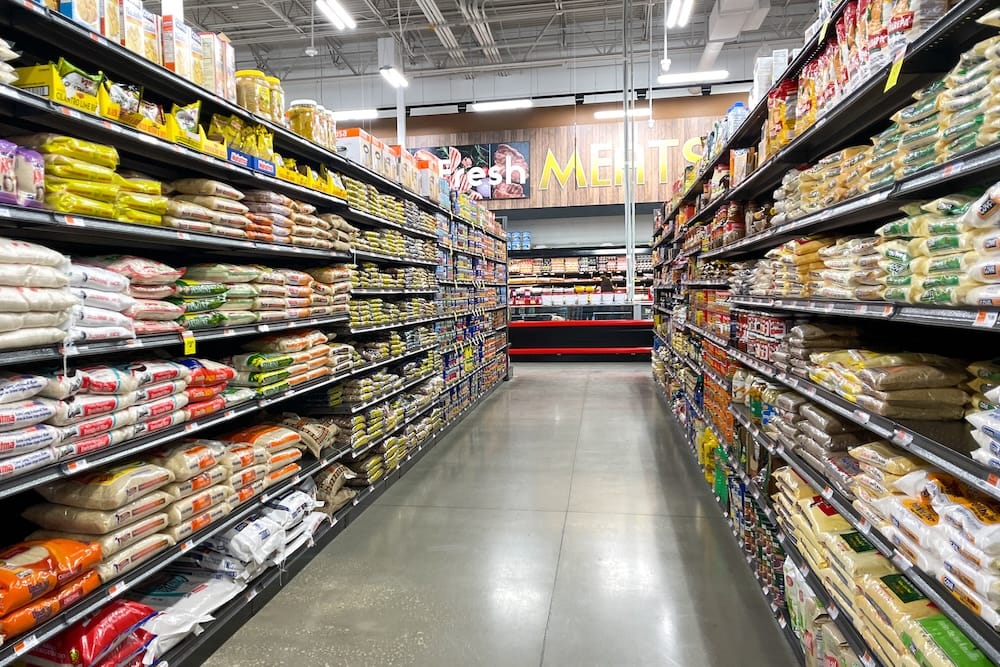

Hidden Dangers in Your Pantry
A startling report released on May 15 by Healthy Babies, Bright Futures (HBBF), a nonprofit dedicated to reducing children's exposure to harmful chemicals, has uncovered concerning levels of toxic metals in store-bought rice across the United States. The study tested 145 samples of rice from various retailers, including both domestic and imported varieties, and found arsenic present in every single sample. This revelation raises serious questions about the safety of a staple food many families rely on daily.
Breaking Down the Findings
The HBBF report detailed that not only was arsenic detected in 100 percent of the rice samples, but one in four exceeded the Food and Drug Administration's (FDA) action level of 100 parts per billion (ppb) for inorganic arsenic in infant rice cereal, a guideline set in 2021. Alongside arsenic, other dangerous elements like cadmium, lead, and mercury were also found in over 100 different brands of rice.
Jane Houlihan, research director at HBBF, emphasized the gravity of these findings, stating, 'Rice is a leading source of arsenic exposure for babies and children, and the levels we found are concerning for long-term health.' The report highlights the particular risk to infants and young children, who are more vulnerable to the effects of these toxins due to their developing bodies.
Health Risks and Vulnerable Populations
Exposure to heavy metals like arsenic and lead can have severe health implications, especially over time. These substances can affect brain development in children and may contribute to other health issues in adults. The HBBF report underscores that rice tends to absorb more arsenic from soil and water compared to other crops, making it a significant source of exposure.
For families who frequently consume rice, particularly those with young children, the findings are a call to action. The nonprofit urges parents to diversify their children's diets with other grains to minimize risk. Houlihan added, 'Mixing up grains in a child's diet can cut arsenic exposure by up to 80 percent.'
What Can Be Done?
The report from HBBF isn't just about raising alarms; it also offers practical advice for consumers. Beyond varying grain choices, the group suggests cooking rice in extra water and draining it afterward, a method that can reduce arsenic content by up to 60 percent. They also call on the FDA to strengthen regulations and set stricter limits for arsenic in all rice products, not just infant cereal.
Additionally, HBBF is pushing for more transparency from rice producers and retailers about the levels of heavy metals in their products. The hope is that increased awareness and regulatory action will lead to safer food options for everyone. As this issue unfolds, many are looking to both government and industry leaders to address these hidden dangers in our food supply.
Dues are $12 per year. Member benefits:
✅ Ad-Free Website Viewing
✅ Advocacy for Republican Seniors
✅ 120+ Senior Discounts
✅ Member Only Newsletters